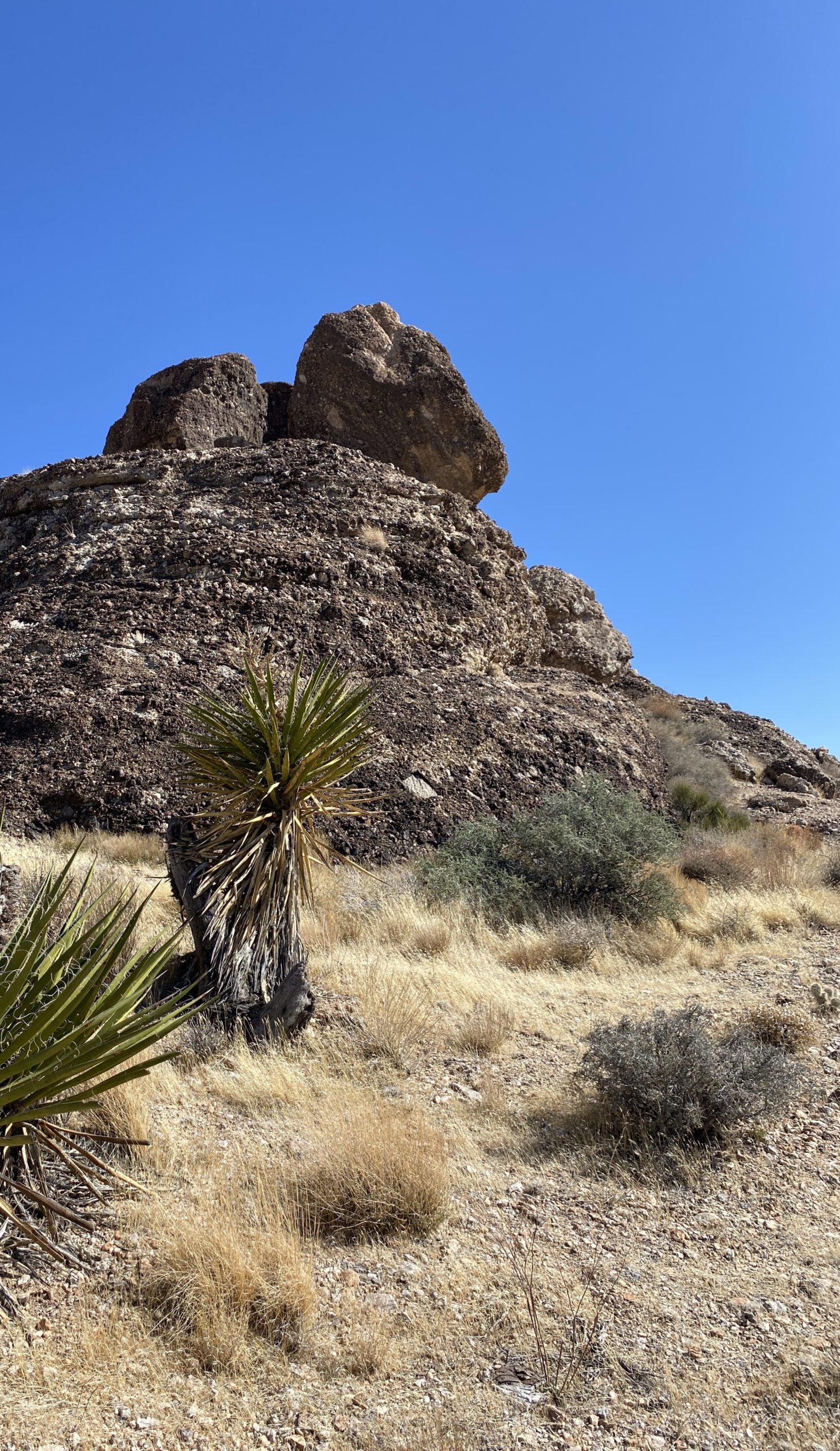
The term wilderness can have many meanings. Here, I am using wilderness in the broadest possible sense. It encompasses the wild, remote natural areas not controlled by humans — environments that are untamed or curated. It also includes the untamed and often wild human condition — the wilderness of our internal lives. The wilderness is opposed to the civilizing impact of human society and infrastructure, which is largely focused on increasing our personal comfort and safety. Entering the wilderness willingly is an act of self-discovery. In European literature the wilderness is often a place of danger and evil. Thanks to authors like Emerson and Muir, people in North America perceive the wilderness more romantically — as a much needed tonic for the hectic hedonism of modern life.
The wilderness becomes a place of self-discovery and perhaps a place to cleanse one’s soul by stripping away the protections and structures that sustain our lives.
I have always believed that makers should understand what would exist if they chose to make nothing — the wilderness. Only then can we fully grasp the impact, purpose and meaning of our work. I believe that the wilderness often holds the answers to the deep questions we have not yet asked. It is getting more difficult to find, yet consider this:
“True wilderness can still be found, but it’s hard to reach and dangerous when you get there, which is probably why it still exists.”
Michelle Paver
